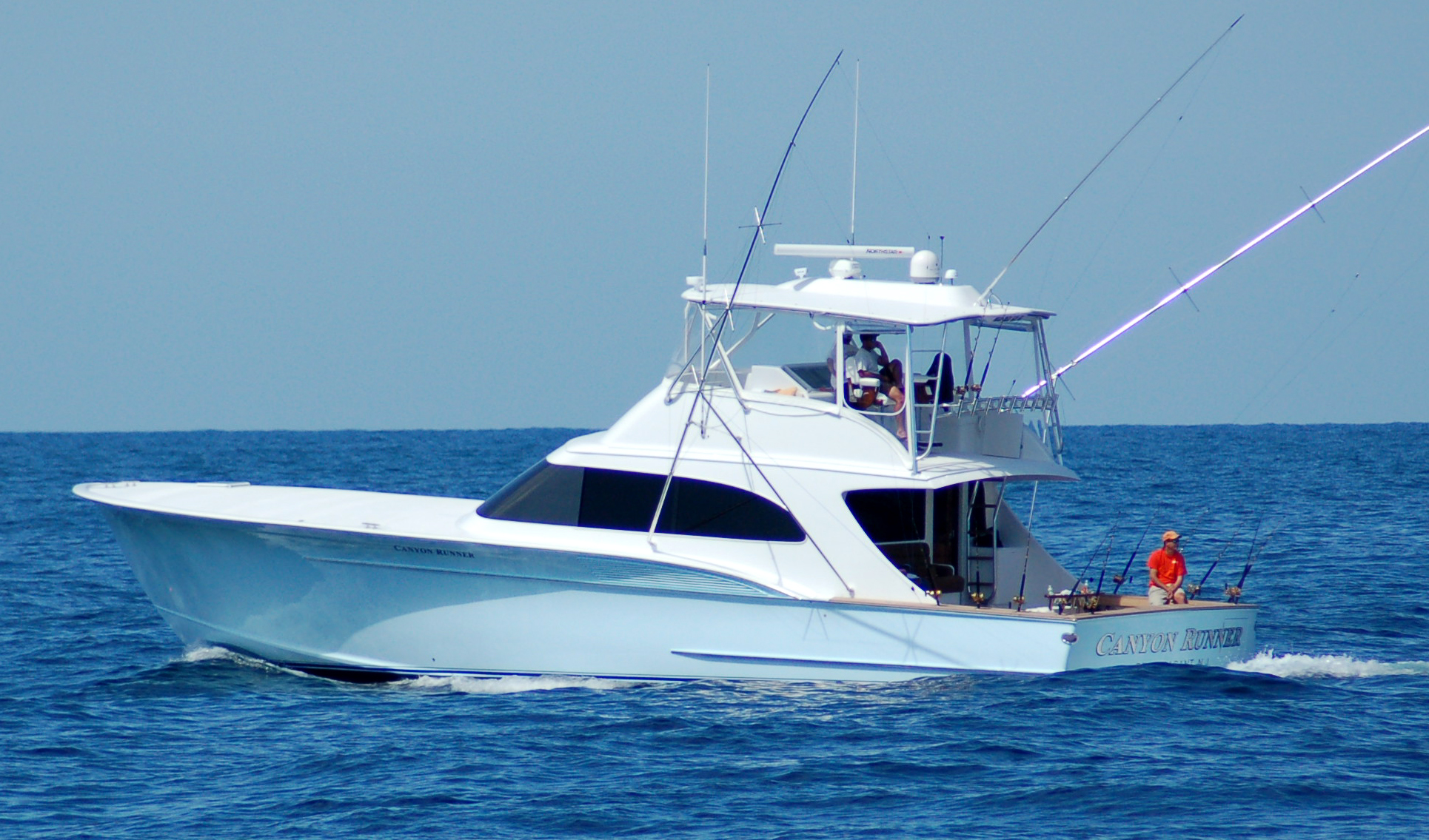Understanding Seasonal Boat Transport
Seasonal boat transport is driven by weather patterns, regional boating calendars, and the need to protect vessels from harsh winter conditions. Each season brings distinct routing patterns and logistical considerations that affect timing, pricing, and availability.
Spring: The Northbound Migration
As temperatures rise, boats that spent winter in Florida, the Gulf Coast, and other southern locations head north to their home waters. Spring transport typically runs from late March through May, with peak demand in April. Northeastern marinas prepare for Memorial Day launches, Great Lakes facilities time for ice-out, and owners want boats ready for summer commissioning. Route planning must account for late-season weather events, spring flooding along certain corridors, and the compressed timeline many owners face.
Summer: Regional and Specialty Routes
Summer sees less long-distance migration and more regional repositioning. New England boats move between harbors for racing series or summer cruising destinations. Pacific Northwest vessels transport to Alaska for the short but spectacular northern boating season. Bidirectional coastal routes accommodate boats moving for events, charters, or seasonal relocations. Summer is also when many boats purchased out-of-region get delivered to new owners, making it a mix of migration and one-off moves.
Fall: The Southbound Rush
Fall is the busiest and most time-sensitive season for boat transport. From September through November, thousands of vessels move from the Northeast and Great Lakes to Florida and the Gulf Coast. The goal is simple: get boats to warm-weather storage before the first hard freeze. Timing is critical—too early and you lose valuable northern boating time; too late and you risk weather delays, higher costs due to demand, or even ice formation that traps boats in northern waters. We recommend booking fall transport by late summer to secure capacity during peak weeks.
Winter: International and Warm-Weather Destinations
Winter transport focuses on boats headed to international destinations. Charter yachts move from Florida to the Caribbean for the peak charter season. California boats head to Baja California, Cabo San Lucas, and mainland Mexico for fishing, cruising, and escaping crowded California harbors. These moves often involve commercial cargo vessels for ocean crossings or specialized permits for cross-border ground transport. Timing aligns with charter bookings, fishing seasons, and optimal weather windows for international passages.
Seasonal Pricing and Availability
Demand drives seasonal pricing. Fall southbound routes see the highest volume and tightest capacity, which can increase costs and lead times. Spring northbound routes also experience elevated demand but typically with slightly more flexibility. Summer regional moves and winter international transport have lower volumes, sometimes resulting in better pricing and faster scheduling. Booking early—especially for fall migration—ensures you get your preferred dates and avoids last-minute premiums.
Key Seasonal Considerations
- Timing windows: Spring launches, fall haul-outs, and weather constraints
- Marina coordination: Lift schedules, yard access, and storage arrangements
- Route planning: Seasonal road restrictions and permit requirements
- Weather risks: Spring storms, summer heat, fall hurricanes, winter ice
- Booking lead time: 4-6 weeks for spring/fall peak periods
- Volume pricing: Better rates for off-peak or flexible scheduling
Preparing for Seasonal Transport
Seasonal moves often coincide with winterization, commissioning, or yard work, so preparation differs from mid-season transport. Fall southbound boats may arrive shrink-wrapped for winter storage, while spring northbound vessels need to be ready for immediate splash and commissioning. Coordinate with your origin and destination marinas to schedule lifts, confirm cradle availability, and arrange any rigging work needed. For international moves, ensure all customs paperwork, ownership documentation, and insurance endorsements are in order well before your transport date.
Why Seasonal Routes Matter
Understanding seasonal transport patterns helps you time your move for optimal weather, capacity, and cost. It also ensures your boat arrives when you need it—ready for northern summer boating, protected from winter ice, or positioned for charter season. Our seasonal route pages provide route-specific details, timing recommendations, and typical costs so you can plan with confidence. Whether you're making your first seasonal move or managing an annual migration, we handle the logistics so you can focus on enjoying your boat.
Get Your Seasonal Transport Quote
Ready to book your seasonal move? Select your route from the seasonal categories above to see detailed information, or contact us directly to discuss timing, marina coordination, and pricing. We recommend booking fall southbound transport by late summer and spring northbound moves by early winter to secure the best dates and rates. Our team tracks seasonal demand and can advise on optimal booking windows for your specific route.


